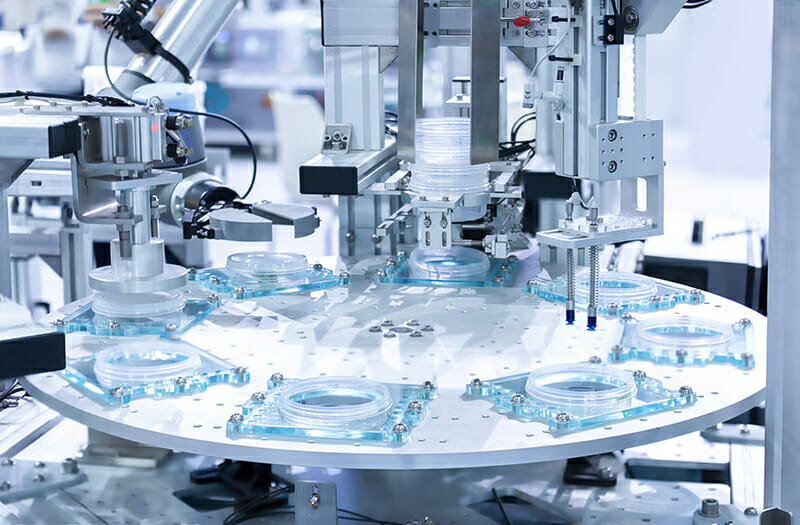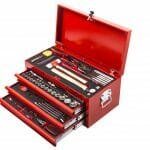In today’s competitive world economy it is essential that manufacturers are able to maintain the highest levels of productivity and quality if they are to satisfy the ever-increasing demands placed upon them from both their customers, and us the consumers.
These factors continue to drive the growth of automation and robotics across many diverse market sectors and applications. However, for those considering a new automation project, making the right decisions on exactly which parts and processes to automate and what type of automation is appropriate, is essential if the project is to be deemed feasible from both a technical and financial point of view.
This article, from Tim Bednall, Sales and Marketing Manager for Northampton based Wood Automation & Control, provides an insight into the various factors that should be considered to ensure a smooth transition to a cost effective and successful automation project.
There is no doubt that the introduction of robotics and automation has been instrumental in transforming manufacturing processes across a diverse range of industries. One need only look at the automotive sector to see automation at its best, with flexible high-level automation systems operating continuously at impressive efficiency rates.
For companies that have already successfully introduced automation to existing manufacturing processes, the path to a new project is often relatively clear. The project team will have the benefit of past experience, understanding the value of a detailed specification that covers everything from parts and processes to output and efficiencies. However, for companies about to embark on their first project the task can at first seem a little daunting, as there are many variables to consider. So where to begin?
Tim Bednall explains: “Rather than trying to identify and work through all of the variables in isolation, those considering a new or first automation project will benefit greatly from working closely with the automation supplier at an early stage. Having the products proposed for automation reviewed by an industry specialist will quickly identify the optimum range of components that are prime candidates for automation. It is also important that the customer understands the implications of seeking to include variants that are significantly outside of the core range. Increasing the complexity and scope of the system for components in this category will have an impact on the overall cost. Defining clearly what will be required of the system at this stage is a key first step in moving the project forward.”
(Automation, when specified and implemented correctly will always deliver the benefits anticipated)
Tim Bednall continues: “In addition to identifying the specific components to be automated, specialists can also assist by reviewing component characteristics and tolerances etc. The results of this exercise, in turn, make a valuable contribution to the concept review, which includes include identifying the individual system elements such as robots, bespoke automation, machine vision or other technologies required to address the various different process operations. Together, these steps ensure that the solution proposed is absolutely fit for purpose with the optimum level of automation for the application being considered.”
Building a close working relationship with automation specialists at early stages of a project also presents the opportunity for the company to commission Concept Design Studies and Proof of Principle trials. These can provide a valuable insight into a particular aspect of the project, to confirm feasibility and determine if it is robust enough for full automation. The information gathered from these studies and trials also mitigates technical, and ultimately, commercial risk for both the customer and automation supplier.
Tim Bednall concludes: “Specialist companies such as Wood Automation & Control have experience within a diverse range of industries and applications. Much of the expertise and knowledge that we have acquired is transferrable across many different applications, and this allows us to offer qualified advice on multiple assembly and process operations. Companies considering the introduction of automation can be assured that the advice given during the evaluation and proposal processes will deliver the results expected.”
The benefits of the time spent with an automation specialist, working through the various review stages, become clear when preparing the technical and financial justifications for the project. This can be compiled and submitted with the confidence that the project: is technically feasible, will deliver the productivity and quality benefits anticipated and that the costs and payback period are both realistic and accurate.
There is no doubt that there remains a multitude of potential applications for automation and robotics within our manufacturing industries, and success awaits those who take the opportunity to work in close partnership with the automation specialists.








